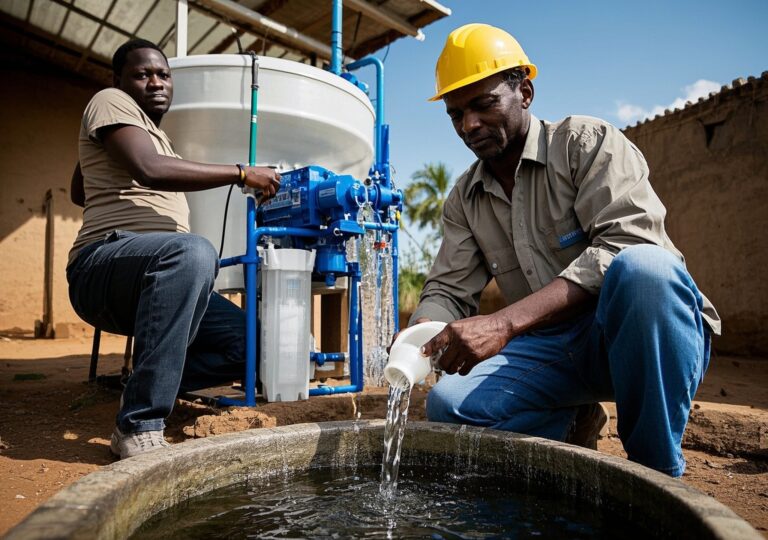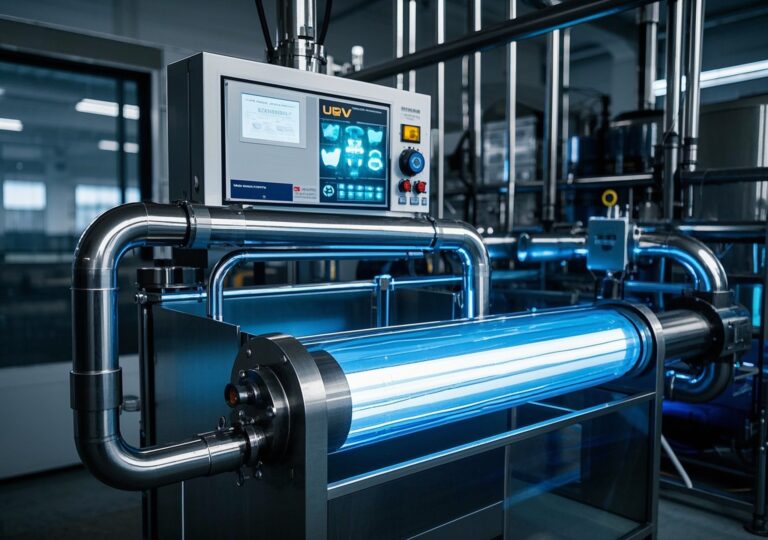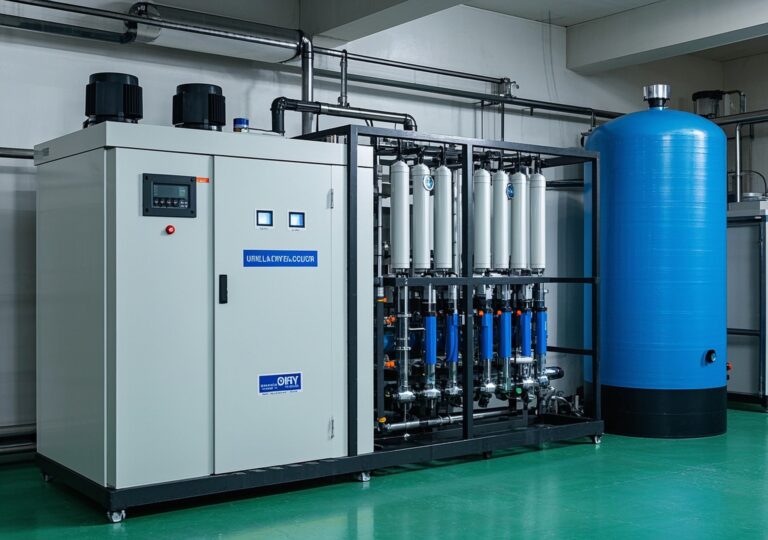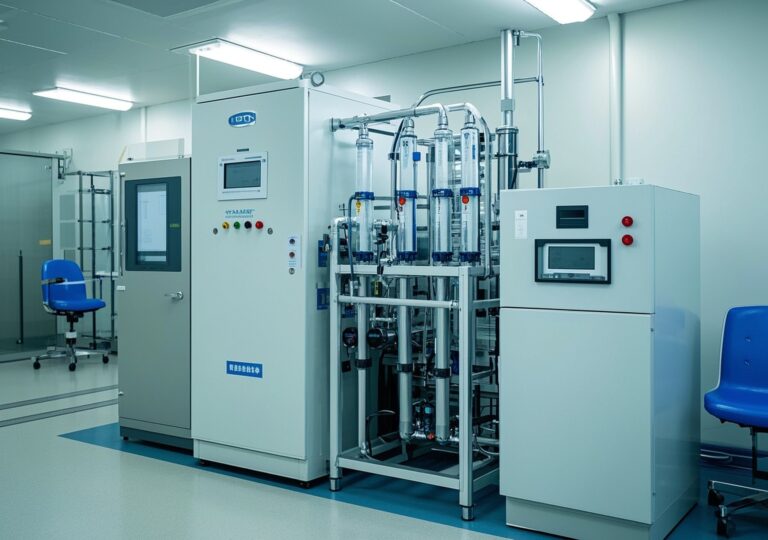Dynamic Debates: Assessing Ultrafiltration System Price in Marine Applications
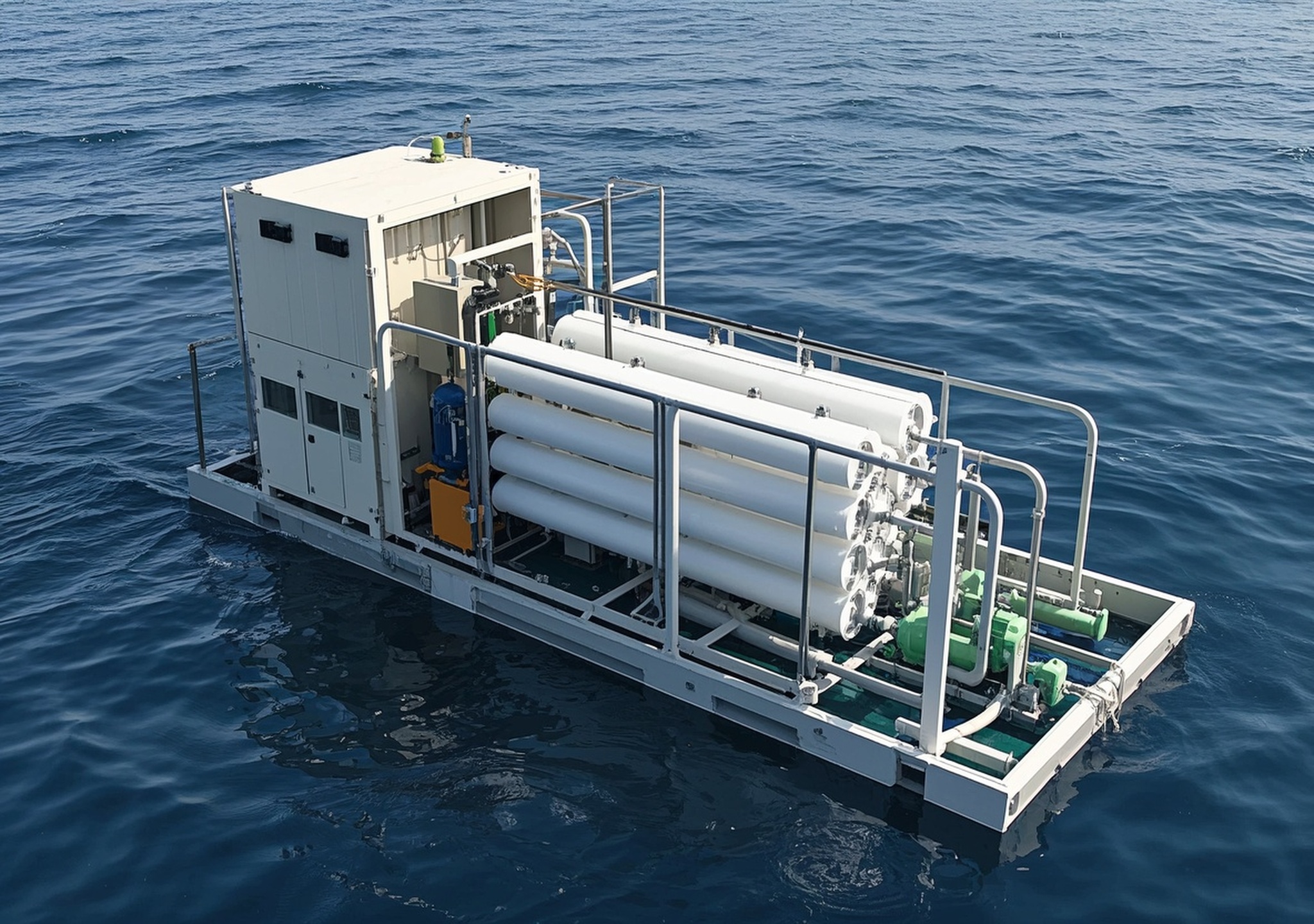
Dynamic Debates: Assessing Ultrafiltration System Price in Marine Applications
Water scarcity continues to intensify globally, driving innovation in water purification technologies, particularly within marine environments where seawater serves as a vital yet challenging source. Among various treatment methods, ultrafiltration systems have become a linchpin for ensuring high-quality seawater treatment in desalination plants, offshore platforms, and maritime vessels. Understanding the ultrafiltration system price within this niche is essential for stakeholders aiming to balance capital investment with operational efficiency and long-term sustainability.
Industry Context and Expertise
Within industrial and marine water treatment sectors, ultrafiltration technology has emerged as a critical pre-treatment stage, safeguarding downstream membranes such as reverse osmosis units against fouling by effectively removing suspended solids, pathogens, and colloidal materials typically ranging from 0.01 to 0.1 microns. Companies specializing in membrane filtration technologies have honed expertise over decades, developing robust, modular ultrafiltration solutions tailored for corrosive marine environments and stringent water quality standards.
This specialization includes designing skid-mounted and containerized ultrafiltration systems capable of handling variable feedwater qualities and flow rates, engineered for easy integration and maintenance in compact offshore and on-board settings. Their technical proficiency spans membrane chemistry, hydraulic design, automation controls, and chemical dosing strategies to optimize filtration performance and membrane lifespan.
Overview of Ultrafiltration Products and Technical Principles
Ultrafiltration systems primarily encompass hollow fiber and tubular membrane modules, utilizing differential pressure to drive water through semi-permeable membranes that reject particulates, macromolecules, bacteria, and viruses. These systems are typically complemented by pre-filtration stages—such as multimedia or cartridge filters—that prolong membrane service life by reducing turbidity and particulate loads.
Marine ultrafiltration units vary widely in specifications. Smaller systems for yacht or remote platform use may treat from a few cubic meters per hour up to around 50 m³/h, whereas industrial sea water plants employ large-scale configurations exceeding several thousand cubic meters daily. Integrated control units allow precise monitoring of transmembrane pressure, recovery rates, and cleaning cycles, enhancing operational reliability.
Furthermore, ultrafiltration systems often incorporate ultraviolet sterilization or chlorination steps post-filtration to assure microbiological safety, crucial for potable water production aboard seafaring vessels or in coastal communities.
Ultrafiltration in Seawater Desalination Systems
In the realm of seawater desalination, ultrafiltration serves as an indispensable pretreatment barrier upstream of reverse osmosis membranes. By removing suspended solids and microorganisms, ultrafiltration minimizes membrane fouling—a primary factor affecting RO performance, energy consumption, and replacement frequency.
Marine ultrafiltration systems exhibit key performance metrics such as flux rates commonly between 60-100 liters/m²/hour, transmembrane pressures maintained around 0.1-0.3 bar, and average recovery rates near 85%. These parameters ensure optimal contaminant rejection while controlling energy use and membrane wear.
Operational advantages include rapid membrane cleaning cycles (CIP), resistance to biofouling through feedwater chlorination compatibility, and modular design facilitating scalability and ease of deployment in shipyards or offshore platforms.
Global Water Resource Challenges and Strategic Implications
The global water crisis continues to pose severe risks to socio-economic stability, particularly in arid coastal regions where freshwater sources are limited or overexploited. Seawater desalination, enabled by ultrafiltration pretreatment, offers a strategic solution to supplement potable water supplies.
Rising urban demand, industrial growth, and climate change impacts necessitate reliable and cost-effective treatment technologies. Advancements in ultrafiltration membranes and systems contribute significantly by improving water recovery, reducing energy footprints, and enabling flexible operation to meet fluctuating demands. Within this context, understanding the ultrafiltration system price relative to performance and lifecycle costs becomes fundamental for decision-makers involved in infrastructure planning and investment.
Technological Innovations Elevating System Value
Recent developments have pushed ultrafiltration technology forward in areas including membrane material science—such as composite polymer membranes enhancing durability and fouling resistance—as well as system automation and remote monitoring capabilities. Innovations like low-pressure operation and proprietary membrane surface modifications reduce chemical cleaning frequency, thus lowering maintenance costs.
Energy efficiency gains are realized by optimizing hydraulic designs, incorporating variable frequency drives on feed pumps, and leveraging AI-assisted process control to dynamically adjust operational parameters based on real-time water quality data.
These enhancements contribute to a more favorable total cost of ownership despite potentially higher upfront ultrafiltration system price. For instance, in a recent marine installation I supervised, the introduction of next-generation polymeric membranes coupled with automated CIP reduced downtime by 30% and chemical usage by 40%, translating to significant operational savings over five years.
Scientific Principles Underpinning Ultrafiltration and Desalination
The ultrafiltration process exploits size exclusion and charge interactions to selectively separate contaminants from feedwater. Microbial cells, colloids, and suspended solids are effectively trapped on the membrane surface or within its pores, with permeate passing through as clarified water.
The treated water then typically flows to reverse osmosis membranes, where high hydraulic pressure forces passage through partially permeable membranes to remove dissolved salts and minerals. Post-treatment steps may include remineralization and disinfection to ensure safety and palatability.
Critical parameters—such as feedwater turbidity, membrane pore size, and transmembrane pressure—are rigorously controlled to prevent membrane fouling, which can precipitously degrade efficiency and escalate operating costs. As such, ultrafiltration plays a decisive role in protecting the entire seawater desalination train.
Application Versatility: Yachts, Offshore Platforms, and Harsh Conditions
Marine ultrafiltration systems must withstand challenges such as salt spray, vibration, limited footprint, and remote operation. Advanced modular designs allow customization for yachts, offshore oil and gas platforms, and coastal desalination facilities, ensuring compliance with space constraints and environmental conditions.
In one project involving a remote maritime research vessel, the ultrafiltration system was uniquely designed with reinforced membranes and automated backwash sequences, enabling consistent production of potable water despite high marine biofouling risk and limited crew intervention.
These tailored solutions not only ensure operational reliability but also optimize logistics, reducing replacement part shipments and onsite service requirements, which is vital for offshore and isolated marine sites.
Regulatory Compliance and Quality Assurance
Strict adherence to marine and drinking water quality standards—such as IMO guidelines, NSF/ANSI standards, and ISO certifications—is mandatory for ultrafiltration systems deployed in maritime environments. Compliance ensures both crew safety and environmental responsibility, particularly in managing concentrate discharge and chemical usage.
Quality assurance programs include rigorous membrane integrity testing, pressure vessel certification, and water quality monitoring, often documented for regulatory audits and insurance purposes. These measures collectively uphold system reliability and protect end-users.
Sustainability Focus: Energy Saving and Environmental Stewardship
The sustainability of marine water treatment systems hinges on advances in energy efficiency and waste minimization. Ultrafiltration technologies now integrate low-energy pumps, seawater heat recovery, and variable operation modes aligned with onboard renewable energy sources.
Concentrate (brine) management has also evolved toward environmentally friendly methods, including dilution, zero liquid discharge, or advanced oxidation processes to minimize ecological impact. Strategic incorporation of solar or wind power further reduces the carbon footprint of water treatment on vessels and remote platforms.
This holistic approach aligns with global maritime decarbonization targets and growing investor expectations for environmentally responsible infrastructure.
Company Capabilities and After-Sales Support
Manufacturers delivering ultrafiltration systems for marine applications typically offer extensive portfolios including turnkey installations, membrane refurbishment, and customized automation suites. Strong global networks ensure prompt after-sales service, membrane replacements, and technical support, critical for minimizing downtime in operational environments where water availability is mission-critical.
Customization capabilities address site-specific challenges, such as varying feedwater quality, space limitations, and integration with existing treatment trains, enabling customers to achieve optimized performance and cost-efficiency.
Conclusion
The debate around ultrafiltration system price in marine contexts is complex, influenced by factors spanning membrane technology, system scale, operational demands, and long-term sustainability goals. Although authoritative market reports have yet to disclose granular system cost data, understanding the interplay of upfront investment, maintenance, energy efficiency, and lifecycle value is paramount.
From my experience overseeing diverse marine ultrafiltration projects, I can attest that investing in advanced, modular ultrafiltration technology yields robust returns through reduced fouling, lower chemical consumption, and increased water reliability. Stakeholders would benefit from a strategic approach that looks beyond purchase price to encompass total cost of ownership and environmental impact.
Given the global urgency of water security and maritime operational challenges, robust, cost-effective ultrafiltration solutions remain indispensable. Providers and users alike should prioritize technology adaptability, regulatory compliance, and sustainability integration to ensure resilient water treatment infrastructures in marine sectors.
References
- Future Market Insights – Ultrafiltration Market and Membranes Insights
- MarketsandMarkets – Marine Ultrafiltration Market Trends
- Grand View Research – Ultrafiltration Membrane Market Analysis
- Allied Market Research – Water Purification Ultrafiltration Systems
Note: While authoritative sources provide macro-level market data and membrane pricing ranges (e.g., 400-800 euros for commercial membrane components), detailed system cost specifics for marine ultrafiltration remain sparse and vary widely depending on application scope, technology configuration, and geographic factors.

